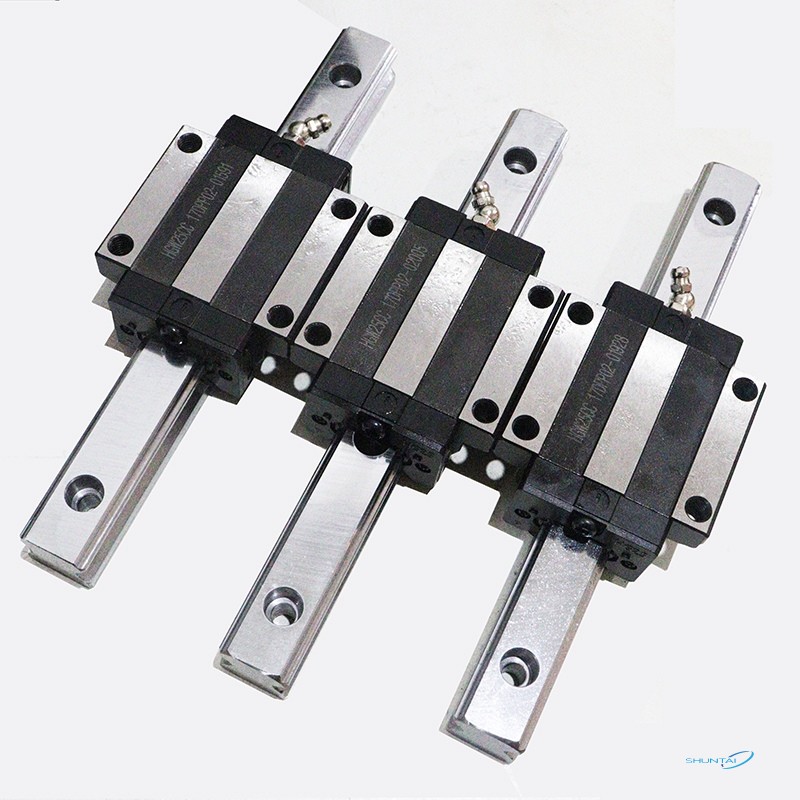Curved guides and linear guides are two common types of guides. Both have support and guidance functions. Both can transfer the energy of movement to the receiving end to achieve stable movement. So what is the difference between the two?
From a structural point of view, linear guides are in the shape of a straight line, and they play a role in positioning, supporting and guiding in the movement of machinery and equipment. Curved guides are a special circular structure that is widely used in hardware, automation and precision mechanical equipment, and can maintain the axis position of relative movement unchanged.

From the perspective of motion trajectory, the movement mode of linear guides is linear motion driven by balls. The contact area between the balls and the guide grooves is small, so that the surface of the guide is evenly stressed and has a long life cycle. The arc guide realizes movement by the rolling of the balls on the curved surface of the guide. The curved surface of the guide bears a larger contact area, so the load capacity is higher than that of linear guides.
From the application point of view, linear guides are widely used in CNC machine tools, semiconductor equipment, medical equipment and other fields due to their linear motion characteristics. They can provide high-precision, high-rigidity and low-friction motion control, and are suitable for high-speed and high-precision linear motion requirements.
Curved guides are more suitable for occasions that require curved motion or circular interpolation, such as robots, aerospace equipment, precision measuring instruments, etc. They can achieve smooth curved motion and precise circular interpolation, improving the motion performance and positioning accuracy of the equipment.

The above is the difference between linear guides and circular guides. When choosing guides, users in the machinery industry should choose the appropriate guide form according to the specific usage scenarios and needs to ensure the stability and reliability of the mechanical equipment.